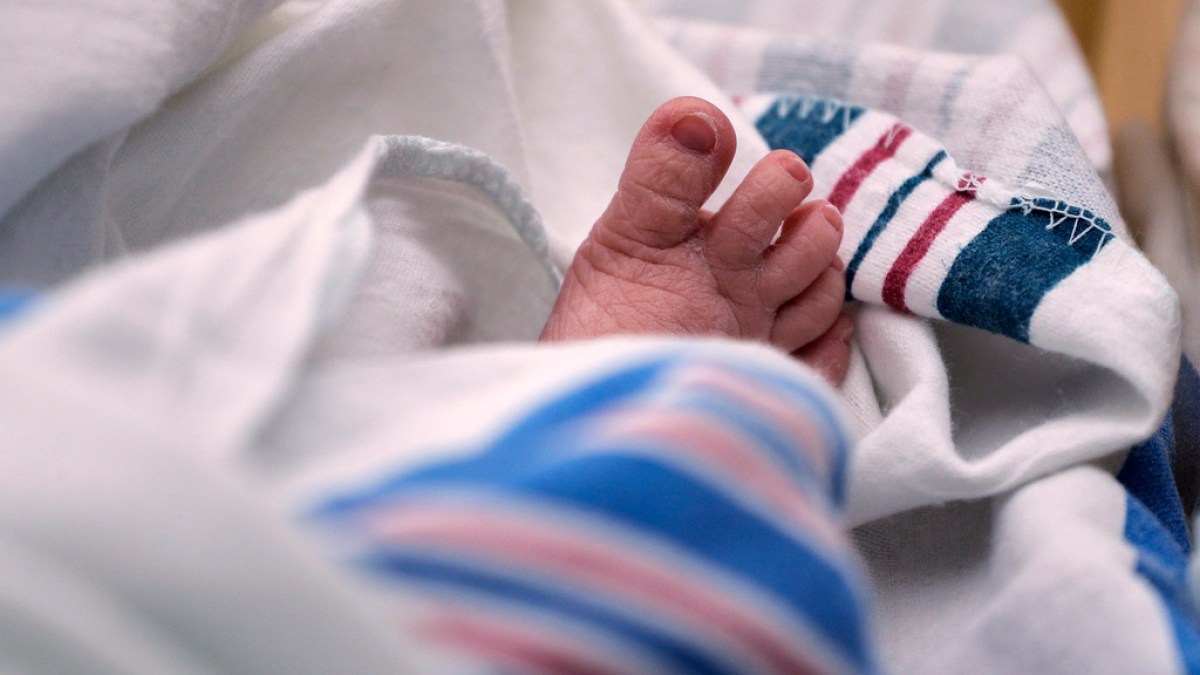According to new data from the US Centers for Disease Control and Prevention (CDC), the fertility rate in the country has dropped to a new low of 1.6 children per woman.
The birth rate trend has been declining for nearly 20 years, according to the data released on Thursday.
“This is occurring as part of a continuing process of fertility delay,” the statement reads. We are aware that the US population is still expanding and that there are still more births than deaths, according to Leslie Root, a researcher at the University of Colorado Boulder with a focus on population policy and fertility.
Over time, the US fertility rate has fluctuated, dropping from 3.5% in the early 1960s to 1.7 percent in 1976 before recovering to 2.1% in 2007.
The new statistics put the US on par with its western European counterparts, which are common in wealthier nations.
A number of variables can influence the birth rate trends, including economic stability and the affordability of necessities like housing. Experts cited the effects of these influences on mental health and household finances.
The Carolina Population Center’s director, Karen Guzzo, told The Associated Press, “Worry is not a good time to have kids.”
Some lawmakers have voiced concern about the decline in fertility rates and called for more active government involvement in promoting policies that advance that goal.
Donald Trump’s administration has been criticized for changing tax policies to favor children, and he has issued an executive order to lower barriers to in vitro fertilization.
Trump even referred to himself as the “fertility president” at a ceremony held during Women’s History Month.
However, the administration has also taken a drastic cut in funding for social programs, which experts believe can provide a safety net for working people who want to raise a family but are concerned about the strain’s finances.
Medical researchers who are researching fertility-related treatments have also had an impact as a result of the cuts.
Source: Aljazeera

Leave a Reply